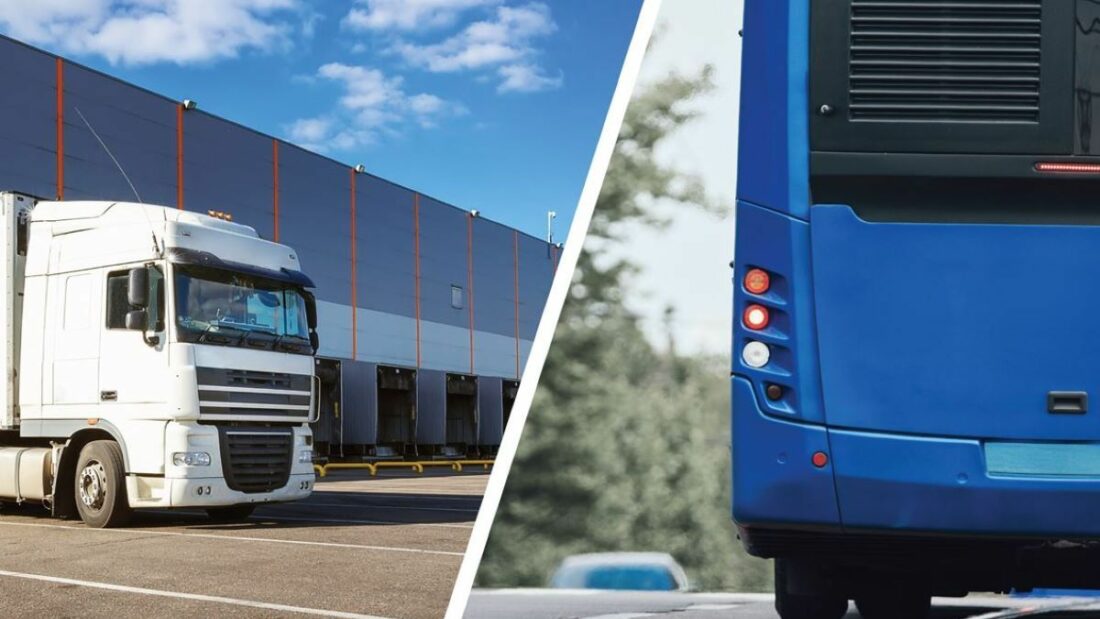Urgency in Accelerating 2030 Emission Targets for Heavy Vehicles
As high-level talks approach concerning the automotive sector’s future, European truck and bus manufacturers emphasize the critical need to expedite efforts towards achieving 2030 climate targets. These vehicles stand as the backbone of Europe’s economy, essential to countless businesses and citizens alike, yet face hurdles that risk derailing their progress unrelated to engineering challenges.
The Backbone of European Logistics
Trucks and buses power the daily workings of the European economy. The sector has pumped billions into developing zero emission vehicles (ZEVs) that cater to a wide spectrum of transport needs, proving readiness on the manufacturing front. However, policy and infrastructure lag behind the technological advancements.
Rising Market Share Goals Meet Reality Checks
The targets are ambitious: shifting from a mere 3.5% market share of zero emission vehicles in early 2025 to a hefty 35% within five years. Bridging this gap demands more than cleaner engines; it requires robust supporting frameworks:
- Efficient and widespread electric grid connections fit for heavy freight operations
- Updated legislation on vehicle weights and dimensions to accommodate new technologies
- Competitive pricing for electric charging to incentivize adoption
- Public charging infrastructure designed with CO2 emissions in mind
- Targeted incentives for operators of commercial vehicles
Unfortunately, these critical elements remain underdeveloped or delayed, threatening to stall the green transition.
Industry’s Call for Immediate Political Action
Manufacturers are gearing up to discuss these challenges directly with European Commission leaders, including Ursula von der Leyen and various commissioners, pressing for urgent policy measures. This dialogue aims to ensure that achieving 2030 goals is not just aspirational but feasible and fair.
Insights from Industry Leadership
Christian Levin, CEO of Scania Group and chairman of the commercial vehicle council within the European Automobile Manufacturers Association (ACEA), points out a clear divide: “The vehicles and solutions are already here, but the ecosystem isn’t ready. This isn’t a tech failure—it’s a policy failure.”
He stresses the need for the Commission to fast-track revisions in CO2 regulations for heavy vehicles reflecting the transport sector’s interconnected challenges before 2027. Urgent assessment and adaptation of critical conditions supporting the transition to climate-neutral road freight are paramount to avoid setbacks.
Shared Responsibility in Climate Transition
Though manufacturers bear significant accountability and face fines for non-compliance, the successful shift to zero emissions hinges on a combined effort from policymakers, infrastructure providers, and industry stakeholders. The manufacturing sector is leading the charge but cannot do it alone.
How This Impacts the Logistics World
For logistics and transport professionals, these developments signal a turning point. The expansion of zero emission trucks and buses will redefine freight routes, delivery times, and operational costs. Reliable electric charging networks and legislative clarity are critical to streamline haulage, shipment, and distribution activities グローバルに。
As the regulations tighten, logistics companies must adapt their fleets and strategies, balancing cost with sustainability requirements. Platforms like GetTransport.com can prove invaluable here, offering flexible and affordable freight and cargo transport solutions worldwide. Whether moving office equipment, bulky goods, or vehicles, such services facilitate a smooth transition by providing a broad network of verified transport providers aligned with sustainable goals.
Key Barriers and Possible Breakthroughs
| Challenge | Needed Action | 物流への影響 |
|---|---|---|
| Limited charging infrastructure | Accelerate public and private investment | Ensures uninterrupted freight movement, reducing downtime |
| Inadequate legislation | Update vehicle weight and dimension standards | Accommodate larger or differently configured zero-emission vehicles |
| High costs of electric charging | Introduce competitive pricing and incentives | Reduce operating expenses, making electric fleets viable |
Looking Ahead: Planning for a New Freight Era
With climate targets drawing ever closer, logistics players should anticipate significant changes in fleet composition and infrastructure demands. Planning now for zero emission freight vehicles can ensure uninterrupted delivery services and strengthen global supply chains.
Real Experience Outweighs Reviews and Predictions
While industry reviews and feedback provide valuable insights into the progress and challenges of this transition, there’s no substitute for firsthand experience in navigating the evolving logistics landscape. On GetTransport.com, users can access transparent and affordable cargo transport options worldwide, empowering them to take control of their shipment planning without surprises or inflated costs.
The platform combines convenience, competitive pricing, and an extensive network, supporting businesses and individuals moving pallets, parcels, vehicles, bulky cargo, or conducting house moves. This adaptability fits perfectly with the shifting demands of a greener transport industry. 乗車予約 と GetTransport.com today to experience hassle-free, global logistics solutions.
Conclusion: Navigating the Path to Sustainable Transport
The push by European truck and bus manufacturers to accelerate 2030 emission targets underscores the urgency of scaling up policies and infrastructure for effective green logistics. Manufacturing is ready to deliver zero emission vehicles, but fulfilling the vision depends heavily on timely legislative reform and supportive frameworks.
Transport operators and logistics professionals face a new era where sustainable freight, relocation, and shipping choices will be paramount. Platforms like GetTransport.com offer a lifeline by bridging users with reliable, flexible, and cost-effective cargo transport services worldwide—simplifying the complexities of global haulage and forwarding in an evolving market.

 European Truck and Bus Industry Pushes for Accelerated Measures to Meet 2030 Climate Objectives">
European Truck and Bus Industry Pushes for Accelerated Measures to Meet 2030 Climate Objectives">